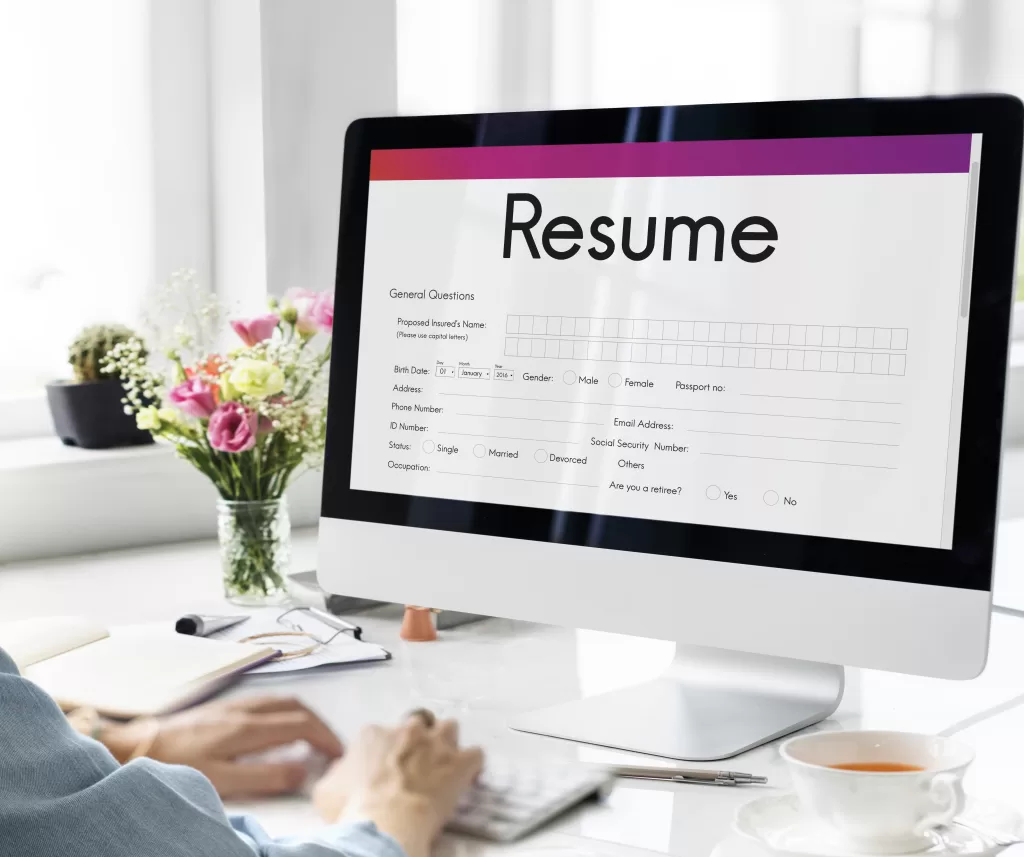Your CV is your first impression to potential employers in today’s cutthroat employment market. A well-written CV not only highlights your qualifications and experience but also shows that you can communicate and carry yourself professionally. Take into account these important ideas and techniques to write the ideal CV that makes an impression.
Customise Your Resume to the Job Description:
Customising your resume to the particular job you’re applying for is one of the most important resume writing tips. Examine the job description closely and note the essential competencies and abilities needed. Next, emphasise your accomplishments, abilities, and pertinent experience that meet those criteria. You may show an employer that you are genuinely interested in the job and improve your chances of being noticed by tailoring your CV for each application.

Emphasise Relevant Experience:
The most relevant work experience you have should be highlighted strongly on your resume. Start with a succinct synopsis or goal statement that emphasises your primary credentials and career aspirations. Next, enumerate your professional background in reverse chronological order, emphasising roles and achievements that are specifically relevant to the position you are seeking. When describing your duties and accomplishments in each function, use bullet points and, whenever possible, place an emphasis on measurable outcomes.
Employ Keywords:
Before resumes are seen by a human, many employers filter them using applicant tracking systems (ATS). Use pertinent keywords from the job description on your CV to make sure hiring managers see it once they get past these algorithms. These terms could be industry buzzwords or particular abilities, credentials, or certificates. But don’t fill your content with keywords; instead, utilise them organically in relation to your experience and successes.
Design for Impact and Readability:
An eye-catching and easily readable resume is the result of good design. Select a professional, uncluttered layout with distinct headings and uniform formatting all around. To guarantee reading, choose a readable typeface and the right font size, usually between 10 and 12 points. Use bold writing, bullet points, and well-placed white space to highlight important details and create a visually appealing resume.
Display Results and Accomplishments:
Rather than merely enumerating your responsibilities, concentrate on emphasising your successes and the contributions you’ve made in prior positions. Whenever feasible, quantify your accomplishments by adding precise measurements, like sales numbers, project milestones, or cost savings. This gives prospective employers tangible proof of your skills in addition to showcasing your value.
Provide Relevant talents and Certifications:
Don’t forget to include a section detailing your relevant talents and certifications in addition to your professional experience. This could include any industry-specific certificates or qualifications you hold, as well as technical skills, software competency, and language ability. To highlight your fit for the position, once more match these abilities to the job description’s needs.

In conclusion, meticulous attention to detail, personalisation, and a strong presentation are necessary for designing the ideal resume. You may improve your chances of getting interviews and eventually landing your ideal job by customising your resume for each job application, emphasising accomplishments and relevant experience, using keywords, and designing for readability and impact. Keep in mind that your resume is your pass to the next phase of your professional development, so make it shine!


